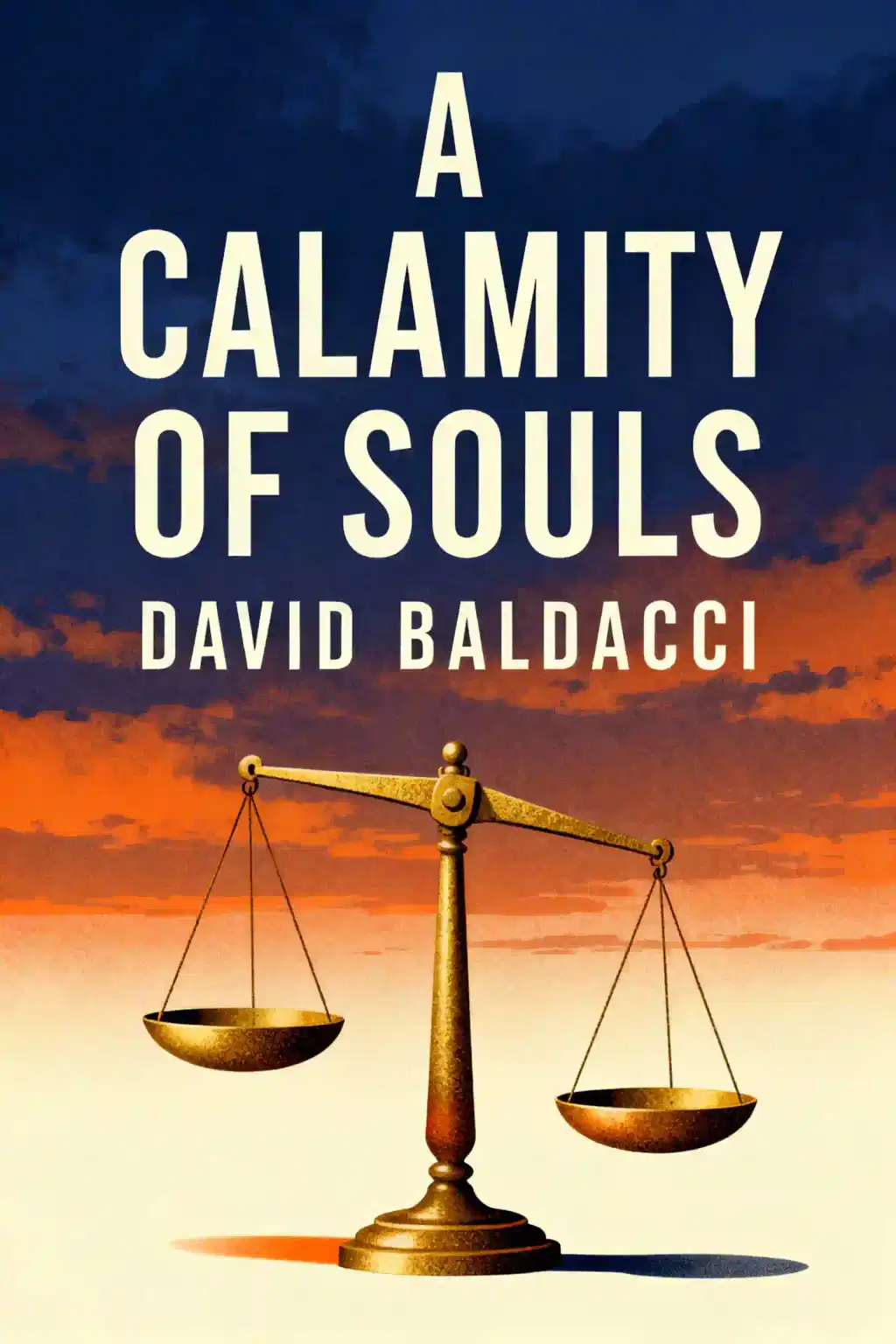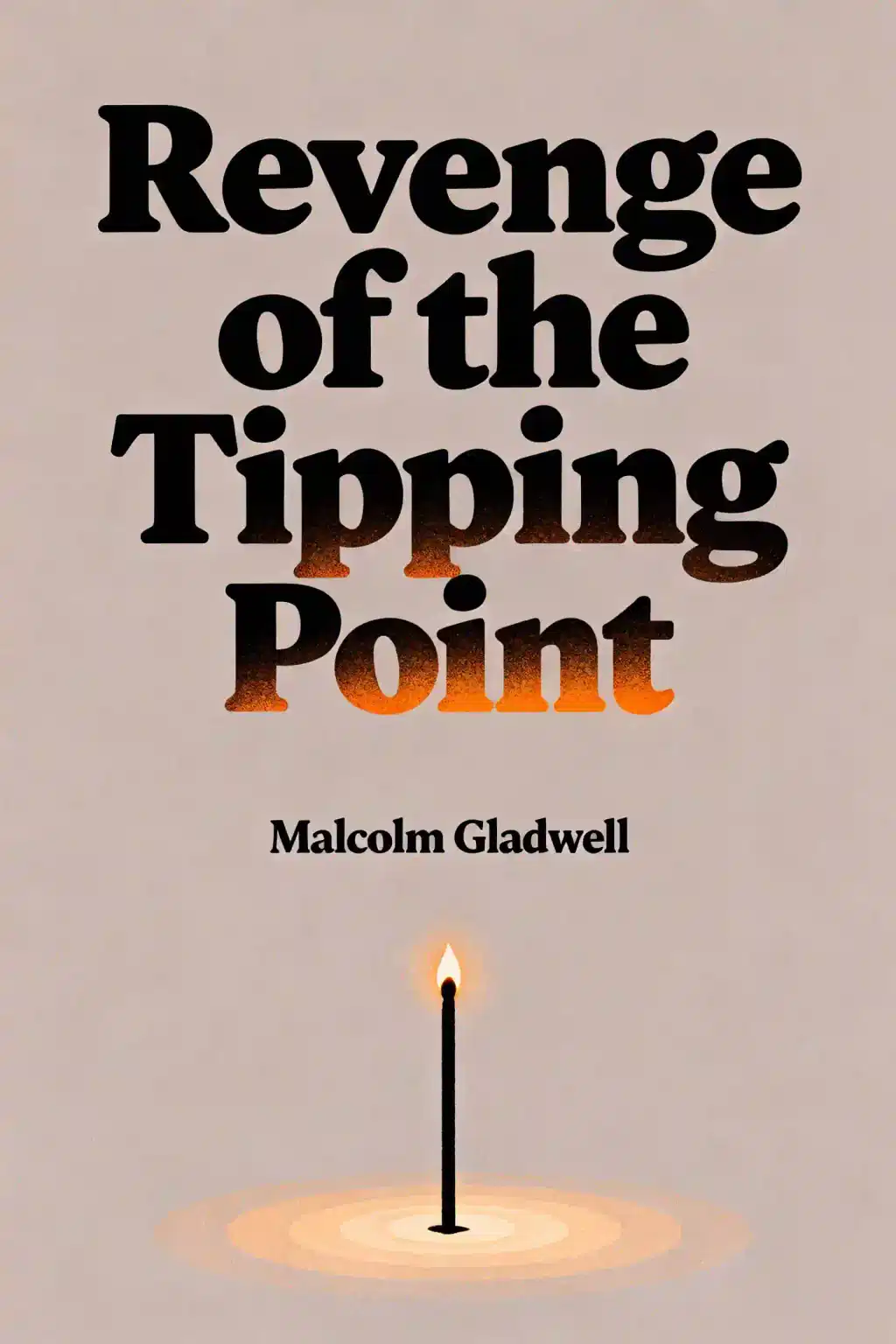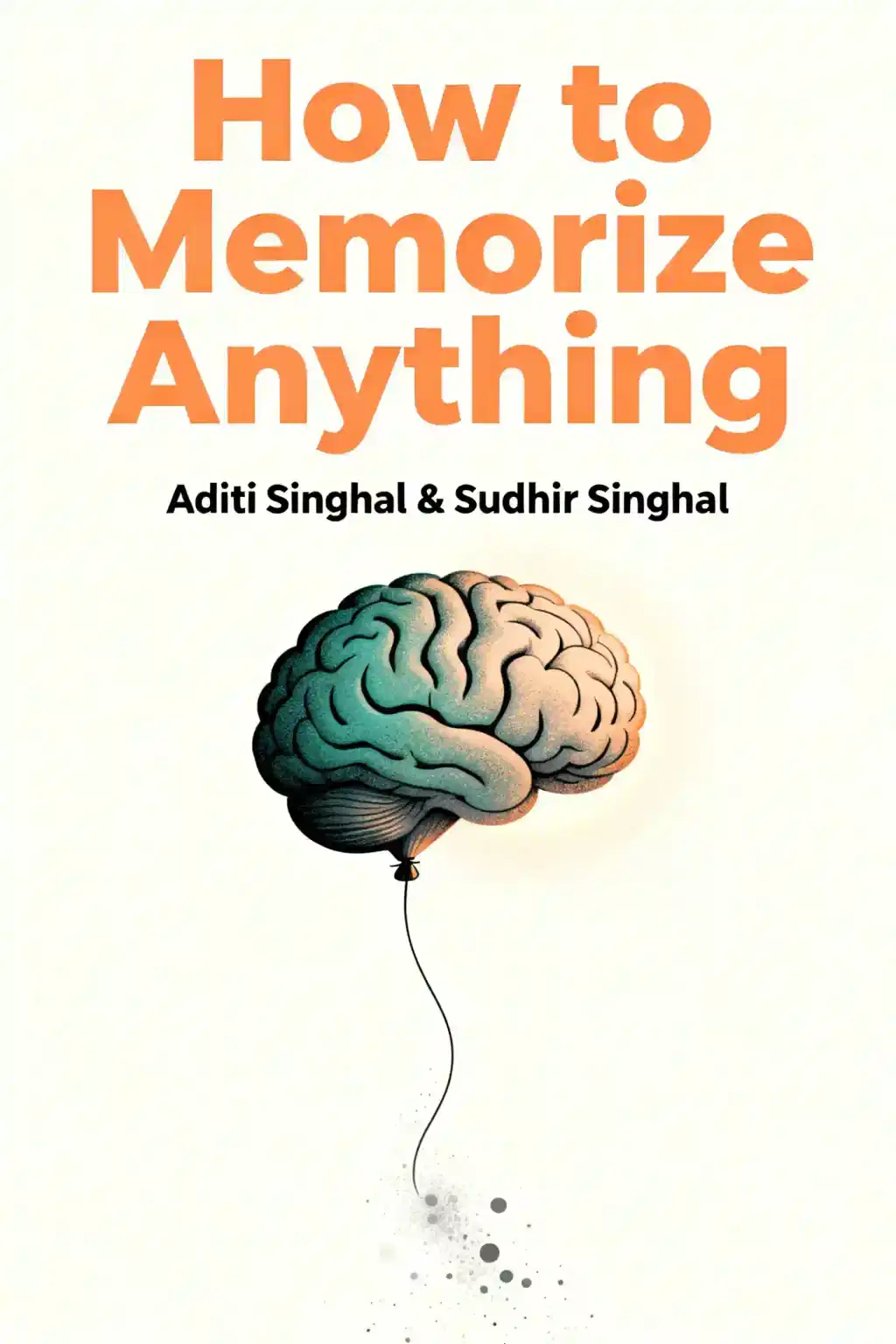
A Calamity of Souls by David Baldacci Summary
Baldacci's masterpiece departs from thrillers to deliver a searing courtroom drama set in 1968 Virginia. Drawing from his own Southern childhood, this decade-in-the-making novel explores racial injustice with such raw power that readers report experiencing both rage and tears.
About the author
David Baldacci is the #1 bestselling author of A Calamity of Souls and a master of legal thrillers and suspense fiction. Born in Richmond, Virginia in 1960, Baldacci practiced law in Washington, D.C. for nine years, bringing authentic courtroom experience to his storytelling. Over a decade in the making, A Calamity of Souls explores themes of justice, race, and identity in a bygone era—drawing on both his legal expertise and his deep Virginia roots.
Baldacci's literary career launched in 1996 with Absolute Power, which became an international bestseller and was adapted into a major film directed by and starring Clint Eastwood. He has since published 52 novels for adults, including the acclaimed Amos Decker series, The Camel Club series, and the Atlee Pine novels. His books are published in over 45 languages across more than 80 countries, with 150 million copies sold worldwide—every title a national and international bestseller.
FAQs About This Book
A Calamity of Souls by David Baldacci is a legal thriller set in 1968 Virginia during the Civil Rights era. The novel follows two lawyers—Jack Lee, a young white attorney, and Desiree DuBose, a Black NAACP lawyer—who partner to defend Jerome Washington, a Black handyman wrongly accused of murdering a wealthy white couple. The story explores racial injustice, courtroom drama, and the personal costs of fighting for justice in a deeply segregated society.
David Baldacci is a #1 bestselling author who has published over 50 novels, with 150 million copies sold worldwide. An attorney by training, Baldacci practiced law for nine years before becoming a full-time writer. A Calamity of Souls is somewhat autobiographical, as Baldacci grew up in Virginia during the 1960s and 70s wanting to be an attorney. The book reflects his experiences witnessing racial tensions and his passion for legal justice during America's Civil Rights movement.
A Calamity of Souls is ideal for readers who enjoy legal thrillers, historical fiction about the Civil Rights era, and courtroom dramas similar to To Kill a Mockingbird. Fans of David Baldacci's suspense novels will appreciate this departure into historical legal drama. The book appeals to those interested in racial justice, American history, and stories about courage in the face of systemic oppression. Readers seeking character-driven narratives with moral complexity will find this particularly compelling.
A Calamity of Souls offers a gripping courtroom drama combined with important historical themes about racial justice in 1968 Virginia. Baldacci brings his legal expertise and storytelling mastery to create a suspenseful narrative with multiple plot twists and deeply human characters. The novel tackles uncomfortable truths about America's past while delivering an engaging thriller. For readers interested in legal dramas with historical depth and social relevance, this book provides both entertainment and meaningful reflection on justice and equality.
A Calamity of Souls centers on Jerome Washington, a Black gardener accused of murdering his wealthy white employers in 1968 Freeman County, Virginia. White attorney Jack Lee reluctantly takes the case after seeing Jerome brutally beaten in jail. Desiree DuBose, an experienced NAACP lawyer from Chicago, joins as co-counsel. Together they battle a biased judge, all-white jury, and corrupt prosecutor while facing violent attacks, including Jack's office being burned and his sister murdered. The shocking truth reveals the victims' daughter Christine actually committed the murders.
A Calamity of Souls depicts the brutal realities of Jim Crow-era Virginia, showing systemic racism through biased courtrooms, violent intimidation, and manipulated evidence. The novel portrays how Black defendants faced predetermined guilty verdicts despite innocence. Desiree DuBose represents the broader Civil Rights movement, reminding readers that individual cases connect to larger battles for equality. The violent attacks on the lawyers—including attempted shootings and arson—illustrate the dangerous resistance against racial progress during this turbulent period in American history.
Jack Lee represents white allies learning to confront inherited racism and privilege, despite family opposition. Desiree DuBose embodies the Civil Rights movement's determination and strategic legal advocacy. Jerome and Pearl Washington symbolize innocent Black families victimized by systemic injustice. Jack's mother represents entrenched segregationist attitudes, while his father shows more progressive leanings. Judge Ambrose personifies corrupt judicial systems that covertly undermined justice. Christine Randolph and lawyer Gates reveal how wealth and power manipulate legal outcomes across racial lines.
Jack Lee and Desiree DuBose face overwhelming obstacles: a hostile judge, unsympathetic all-white jury, and fabricated evidence. Their strategy involves discrediting prosecution witnesses, revealing Sam Randolph's financial motive, and proving Jerome's physical inability to commit the murders due to a severe limp. They uncover that Mrs. Randolph sought divorce and wanted to disinherit her son. The defense ultimately succeeds by identifying the blue convertible belonging to Gates's son and forcing Christine Randolph's confession on the witness stand.
Both A Calamity of Souls and To Kill a Mockingbird feature white lawyers defending innocent Black men in Southern courtrooms, facing community hatred and violence. However, Baldacci's novel is set during the 1968 Civil Rights era rather than the 1930s, incorporating active NAACP involvement through Desiree DuBose. Unlike Mockingbird's tragic ending, A Calamity of Souls reveals a shocking plot twist with Christine's confession. Both novels explore how racism corrupts justice systems, though Baldacci adds legal thriller elements with courtroom surprises and evidence manipulation.
After Christine Randolph confesses on the witness stand to killing her father in self-defense after finding him standing over her murdered mother, Judge Ambrose drops all charges against Jerome and Pearl Washington. Christine reveals lawyer Gates orchestrated evidence manipulation throughout the trial. However, three months later, Jerome is shot and killed by a young man while walking to his car, with one bullet passing through into Jack's shoulder. Christine was never charged and instead bought Pearl's family a house and provides ongoing financial support.
A Calamity of Souls explores racial injustice and systemic corruption within America's legal system during the Jim Crow era. The novel examines the personal costs of standing for justice—including family division, violence, and loss of life. Themes include courage in the face of overwhelming opposition, the power of unlikely alliances between Jack and Desiree, and the connection between individual cases and broader social movements. Baldacci also addresses how wealth and privilege manipulate justice, and the tragic persistence of racial violence even after legal victories.
A Calamity of Souls resonates with contemporary discussions about racial justice, systemic bias in legal systems, and the ongoing struggle for equality. The novel's depiction of evidence manipulation, biased juries, and corrupt officials echoes modern concerns about fair trials. Jerome's shooting after being legally freed parallels current debates about racial violence and justice system failures. Baldacci's exploration of how individuals can challenge unjust systems remains timely. The book reminds readers that progress requires continuous vigilance and that the battles fought in 1968 still inform today's civil rights movements.
Quick Summary Mode - Read or listen to A Calamity of Souls Summary in 8 Minutes
Break down key ideas from A Calamity of Souls into bite-sized takeaways to understand how innovative teams create, collaborate, and grow.
Flash Card Mode - Top 10 Insights from A Calamity of Souls in a Nutshell
Distill A Calamity of Souls into rapid-fire memory cues that highlight Pixar’s principles of candor, teamwork, and creative resilience.

Fun Mode - A Calamity of Souls Lessons Told Through 17-Min Stories
Experience A Calamity of Souls through vivid storytelling that turns Pixar’s innovation lessons into moments you’ll remember and apply.
Personalize Mode - Read or listen to A Calamity of Souls Summary in 0 Minutes
Ask anything, pick the voice, and co-create insights that truly resonate with you.

From Columbia University alumni built in San Francisco
See More Stories?

Get the A Calamity of Souls summary as a free PDF or EPUB. Print it or read offline anytime.
























